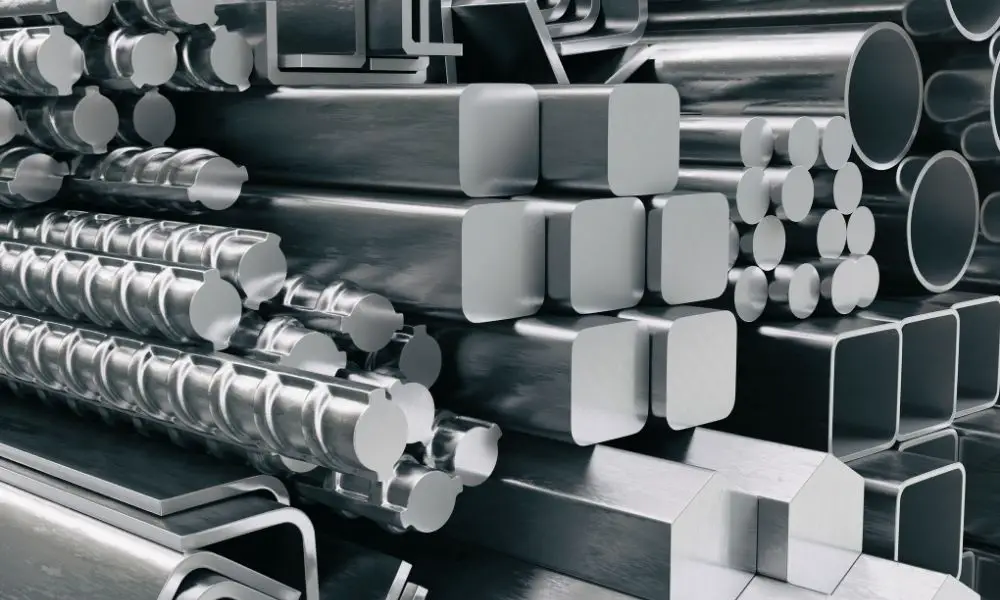

Well over a century ago, there was a man by the name of Harry Brearley of Sheffield, UK, who’d discovered a form of steel that was resistant to rust. In the twentieth century, many would consider this witchcraft, but that’s if you had a closed mind in this era. Now, well over a century later, the material is used globally and is considered the material that can perfect the future, sustaining buildings and reducing common metal waste. Here is our take on the compelling history of stainless steel.
As we said earlier, Harry Brearley of Sheffield, UK, first discovered stainless steel. After making this discovery, he found that it contained around 12.8 percent of chromium. He added chromium through molten iron in the hopes that the metal created wouldn’t rust.
Brearley discovered stainless steel after trying to fight erosion in British Soldiers’ gun barrels during World War I. After discovering this, word began to circulate about the positive influences stainless steel could make on appliances and buildings. In 1919, Elwood Haynes perfected the rust-proof steel by patenting on a version of stainless steel, referred to as martensitic.
One other man had also improved on stainless steel. In 1929, a man named William J. Kroll had discovered a new version of stainless steel, called precipitation-hardening stainless steel. This means that this family of steel is higher in corrosion resistance, and one could treat it with higher levels of heat. Avesta Ironworks in Sweden in 1930 produced stainless steel for duplexes.
Stainless steel has paved more ways to improve building and appliance quality. The influence of stainless steel has grown, especially with these fantastic accomplishments.
As of today, China produces stainless steel. Many monuments in the States contain stainless steel, especially The Bean (or Cloud Gate) in Millennium Park in Chicago. As for the future of stainless steel, we’ll see many more innovative ways to help reduce carbon footprints and use stainless steel more often in our lives.
Stainless steel continues to influence industries like architecture. For example, think of the importance of architectural handrails. Since its discovery in 1913, no one can seem to find anything better than stainless steel. Now that you know a little about the compelling history of stainless steel, you have something to boast about to guests and friends at your next cocktail party.
FAQ
As we said earlier, Harry Brearley of Sheffield, UK, first discovered stainless steel. After making this discovery, he found that it contained around 12.8 percent of chromium. He added chromium through molten iron in the hopes that the metal created wouldn’t rust.
Additional Resources:
Atoms
Cells
Magnesium
Robots
Scooters
Black Hole
Find out when to upgrade your industrial storage solutions to improve efficiency, boost safety, cut…
Disposable e-cigarettes are redefining how nicotine is consumed—and they're doing so with growing support from…
For smokers seeking a healthier way to enjoy nicotine, innovation has brought forward one of…
Discover the incredible teamwork of bees and how their collaboration sustains ecosystems. Learn how we…
A night out at a top-notch bar with an incredible view can be an unforgettable…
Learn the critical safety features every go-kart track needs. From barriers to emergency solutions, these…